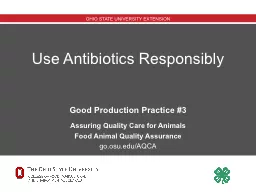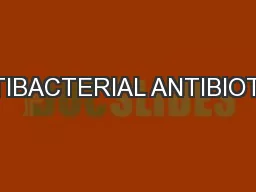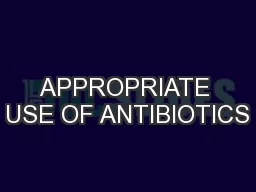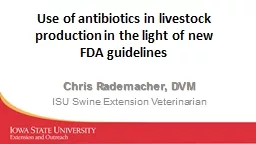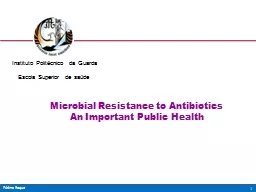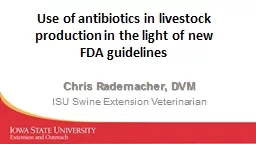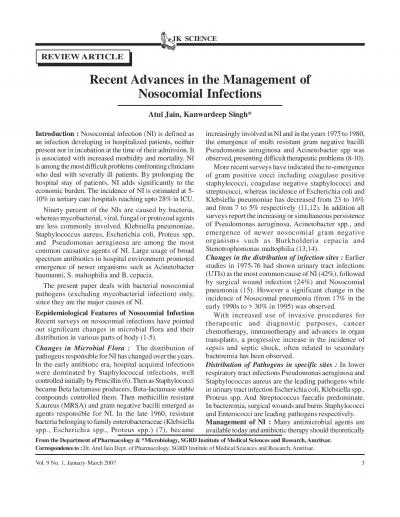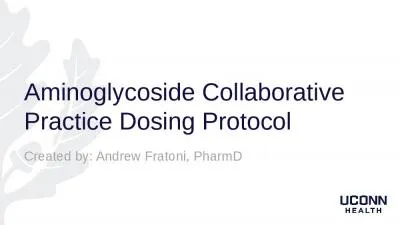PPT-The Aminoglycoside Antibiotics I
Author : caitlin | Published Date : 2024-03-13
Dr Haider Raheem Mohammad Introduction The aminoglycoside antibiotics are widely used for the treatment of severe gramnegative infections such as pneumonia
Presentation Embed Code
Download Presentation
Download Presentation The PPT/PDF document "The Aminoglycoside Antibiotics I" is the property of its rightful owner. Permission is granted to download and print the materials on this website for personal, non-commercial use only, and to display it on your personal computer provided you do not modify the materials and that you retain all copyright notices contained in the materials. By downloading content from our website, you accept the terms of this agreement.
The Aminoglycoside Antibiotics I: Transcript
Download Rules Of Document
"The Aminoglycoside Antibiotics I"The content belongs to its owner. You may download and print it for personal use, without modification, and keep all copyright notices. By downloading, you agree to these terms.
Related Documents


